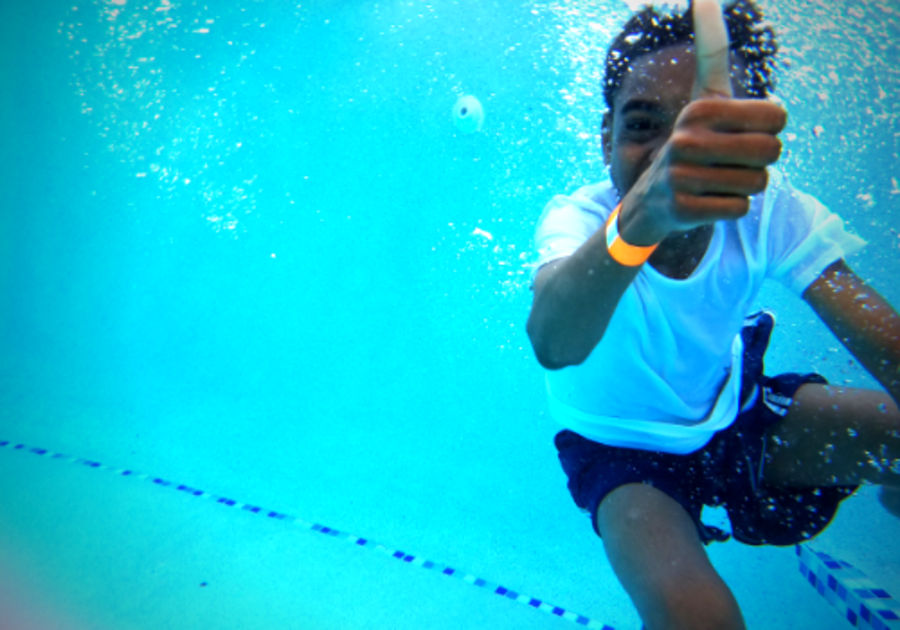Backyard pools are experiencing a surge in popularity because of the coronavirus, with some pool store owners reporting as many as three times as many calls this season as compared to last year.
But no matter whether you spend $25 on an inflatable pool that's just a few inches deep or $25,000 on an in-ground pool, it's important to keep safety in mind.
After all, drowning in swimming pools is the leading cause of unintentional injury death for children ages 1 to 4, according to a Safe Kids Worldwide report.
And where do many of those deaths occur?
Backyard pools.
So how can you keep your kids safe around backyard pools this summer?
Here are seven things to remember:
1. Always supervise
Most people think of drowning as noisy -- lots of splashing and yelling for help. But actually, the opposite is true. Drowning often happens quickly and silently. That means all children should have an adult's eyes on them at all times when they are in the water. Children under age 4 should always be supervised at arm's length — even if they can swim.
2. Air-filled and foam toys are not safety devices
The CDC warns that floaties, water wings, inner tubes, pool noodles, and other common pool accessories and toys are not alternatives to adult supervision or a U.S. Coast Guard-approved life jacket. “These toys … are not designed to keep swimmers safe,” the Centers for Disease Control's drowning statistics report says.
3. Install fencing
The CDC advises all pools be fenced, and that fences should be at least 4 feet high. All gates should be self-closing, open outward, and have self-latches that are out of reach of children. The CDC also suggests considering additional barriers such as an alarm that is activated when someone enters the pool area. Using a small inflatable pool? Make sure the pool is emptied completely after each use.
4. Remove toys from the pool and deck when not in use
Kids can unintentionally fall into a pool when trying to retrieve a ball or toy. The CDC says removing those toys can take away a child’s temptation to try to enter the pool area unsupervised.
5. Enroll children in formal swim lessons
While even the best swimmers should still always be supervised in the water, participating in formal swim lessons can reduce the likelihood of childhood drowning death by 88 percent, according to the American Academy of Pediatrics. Finding formal swim lessons might be difficult in many communities this summer, which is one more reason it's important to always supervise.
6. Kids can drown in ANY water and on anyone's property
Consider safety whether you have an in-ground pool, a small kiddie pool from the store, or a bucket collecting rainwater. Have water safety discussions with relatives, caregivers, and neighbors. It's an important talk to have when you consider the fact that kids ages 5 to 9 who drowned in a pool between 2005 and 2014 were equally likely to drown at a home other than their own, according to the report from Safe Kids Worldwide.
7. Learn CPR
Knowing CPR can save a life. Your local YMCA or hospital is a good place to find a class. You can also find online CPR courses on the American Red Cross site for a fee.
You can feel good about enjoying the hot days of this summer in a cool backyard pool by taking precautions and always keeping kids' safety top of mind.
Kara Murphy is the publisher of Macaroni Kid Erie, Pa.



